

Turkiye
Authentic. Vivid. Majestic.
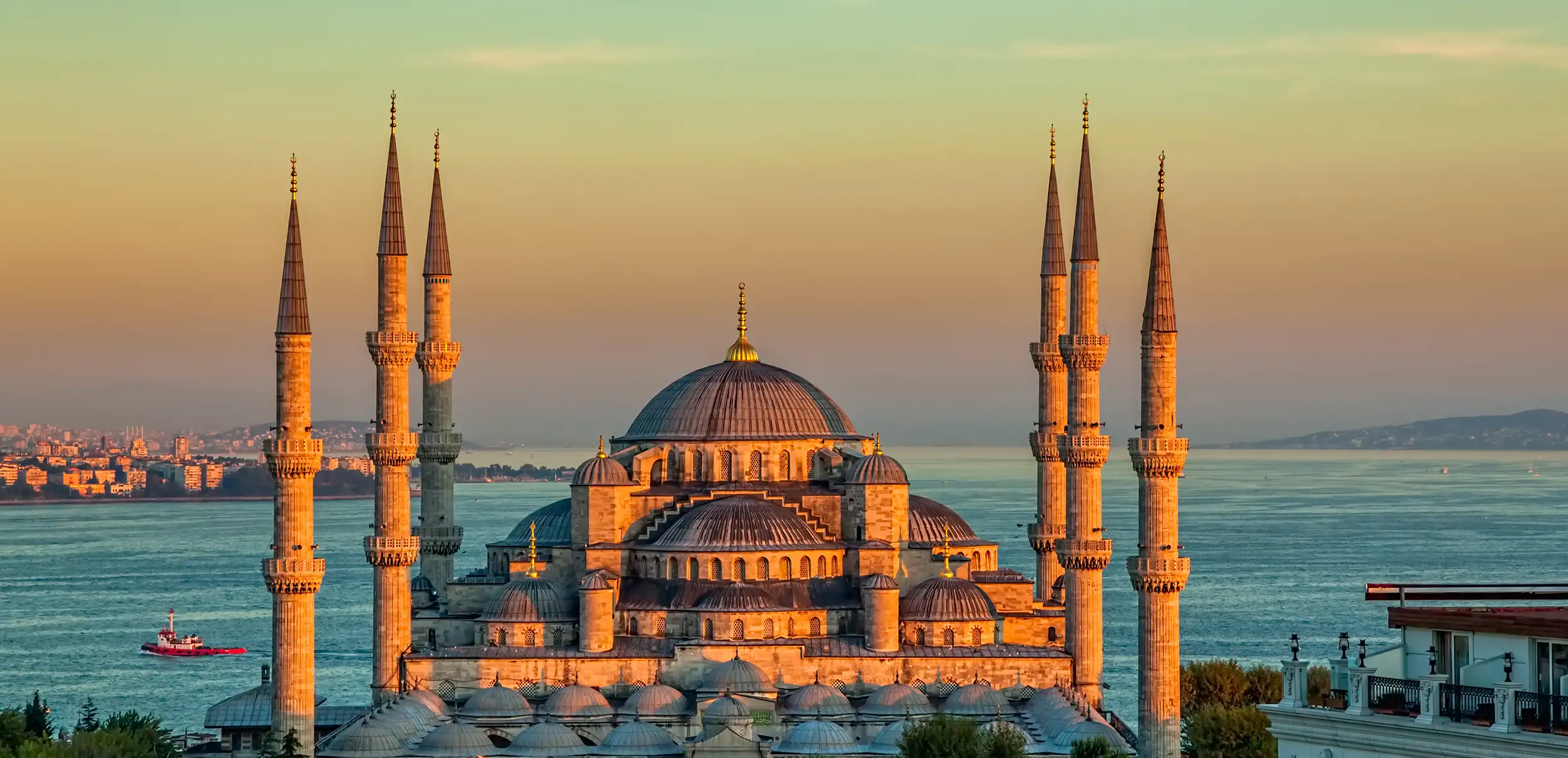
SULTAN AHMED (BLUE) MOSQUE
A masterpiece of 17th-century Ottoman architecture, this mosque is renowned for its unique, hand-made, blue Iznik tiles which lend the building an ethereal luminescence.
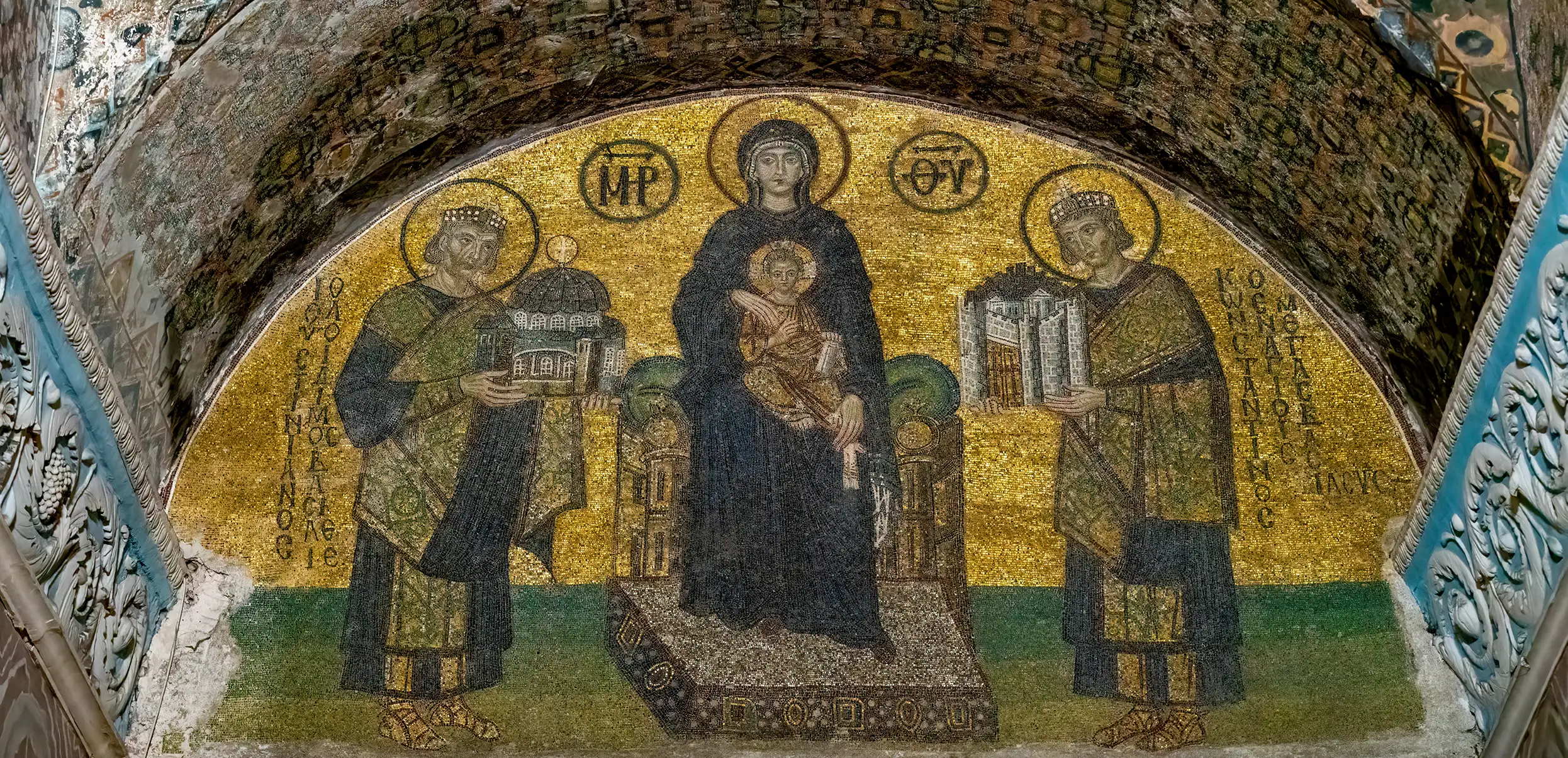
HAGIA SOPHIA
Often referred to as “the most beautiful church ever built,” Hagia (“eye-ah”) Sofia was built in 537 as an Eastern Orthodox cathedral. During its tenure it was converted into a Roman Catholic church and a mosque, before being repurposed as a museum—its current function.
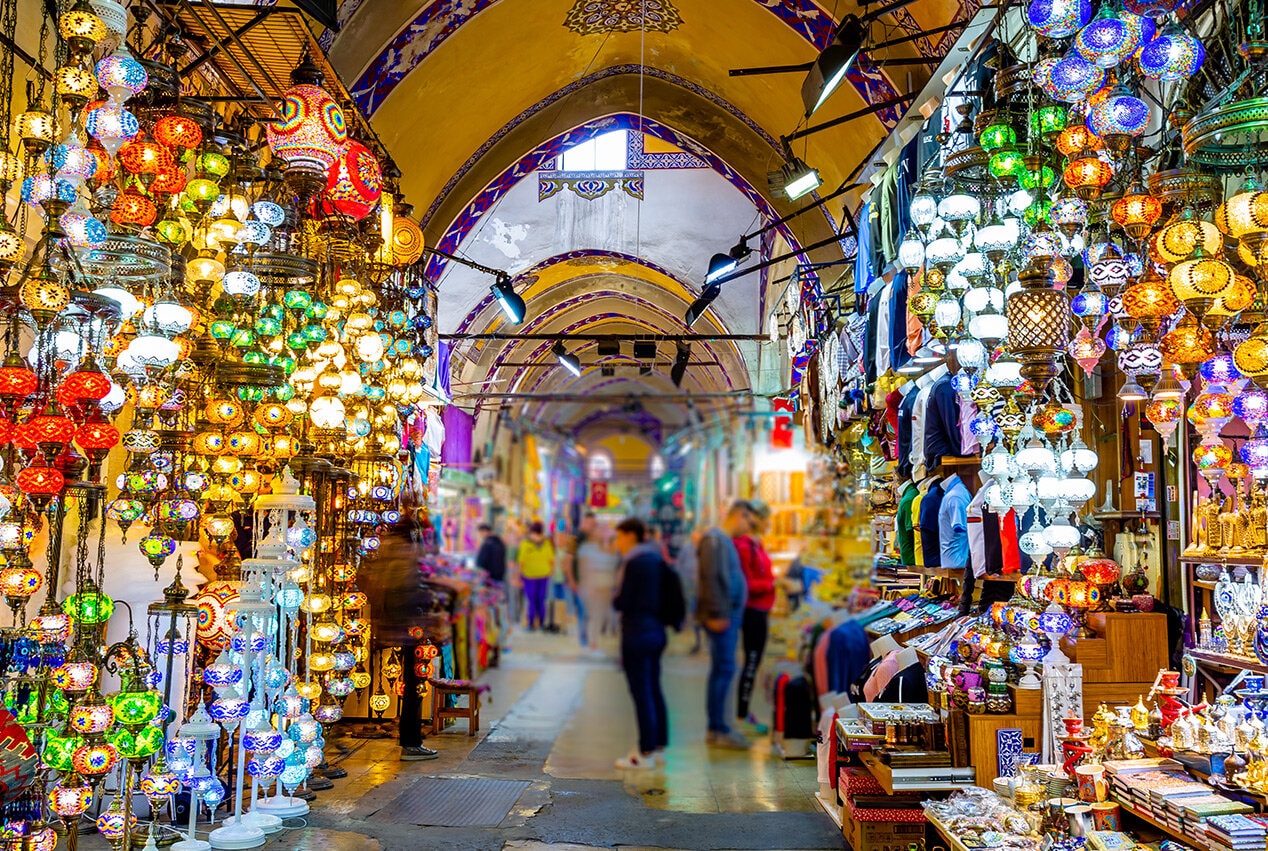
GRAND COVERED BAZAAR, ISTANBUL
A marketplace of staggering proportion, over 4,000 shops comprise the labyrinthine Grand Bazaar. A distillation of Turkish culture, the bazaar’s sensory overload of sights, sounds and color creates a world unto itself.
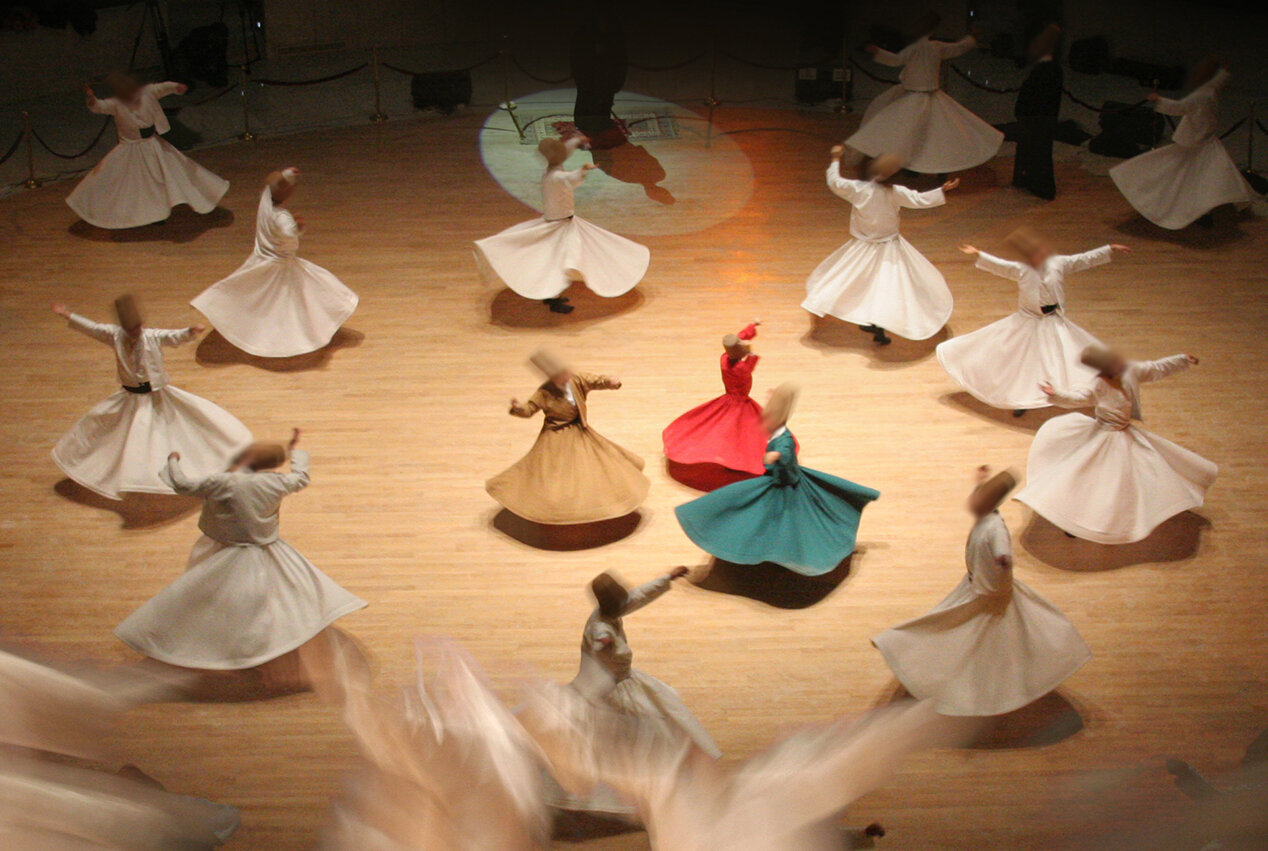
WHIRLING DERVISH PERFORMANCE, KONYA
Using a technique of ritual spinning as a sort of meditation, Sufis seek to transcend earthly attachment. While rotating, their right hand is raised to heaven in supplication while their left points down to transmit blessings to earth as they chant the 99 names of Allah.
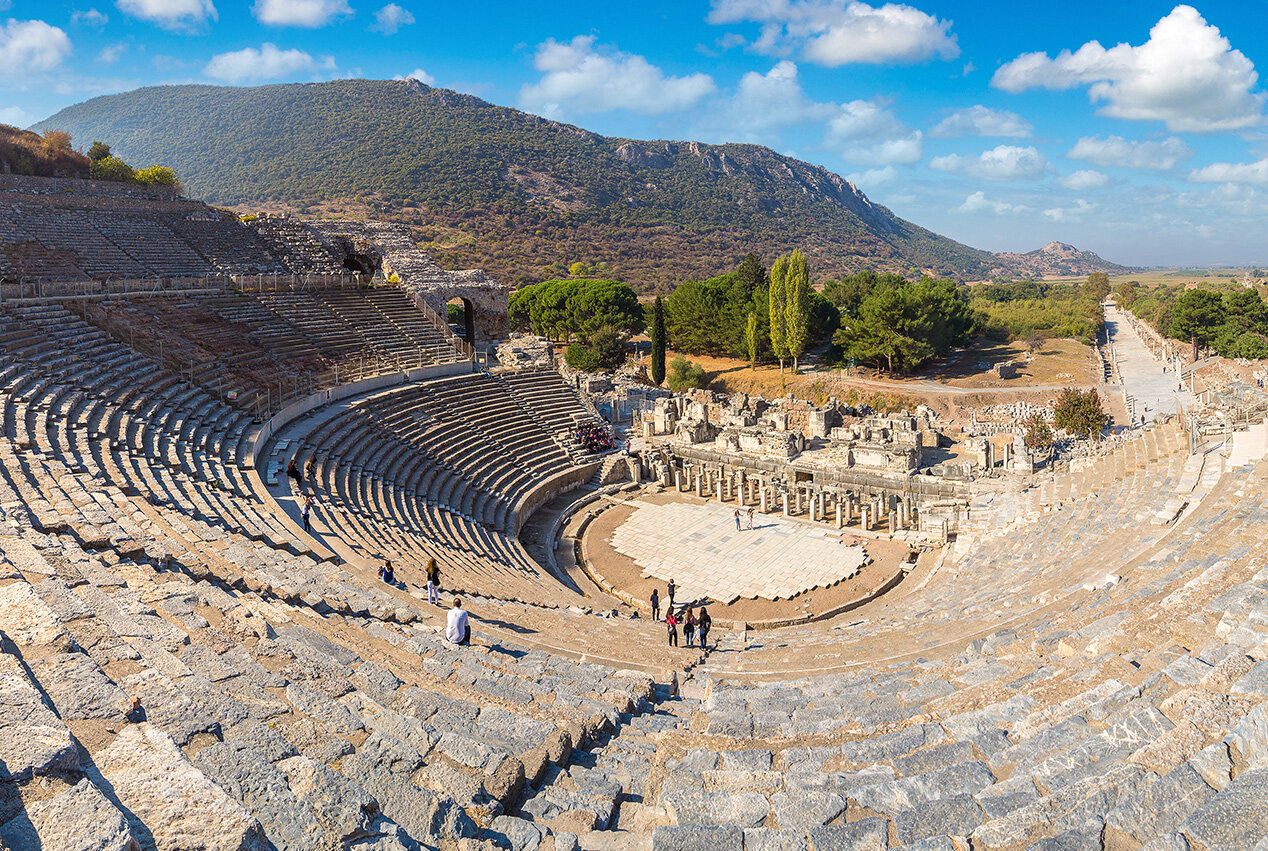
GREAT THEATRE, EPHESUS
With 25,000 seats, this theater was the largest in Anatolia and the center of Ephesian civic life. Used for dramatic performances and political debates, it was here that Saint Paul preached against paganism.
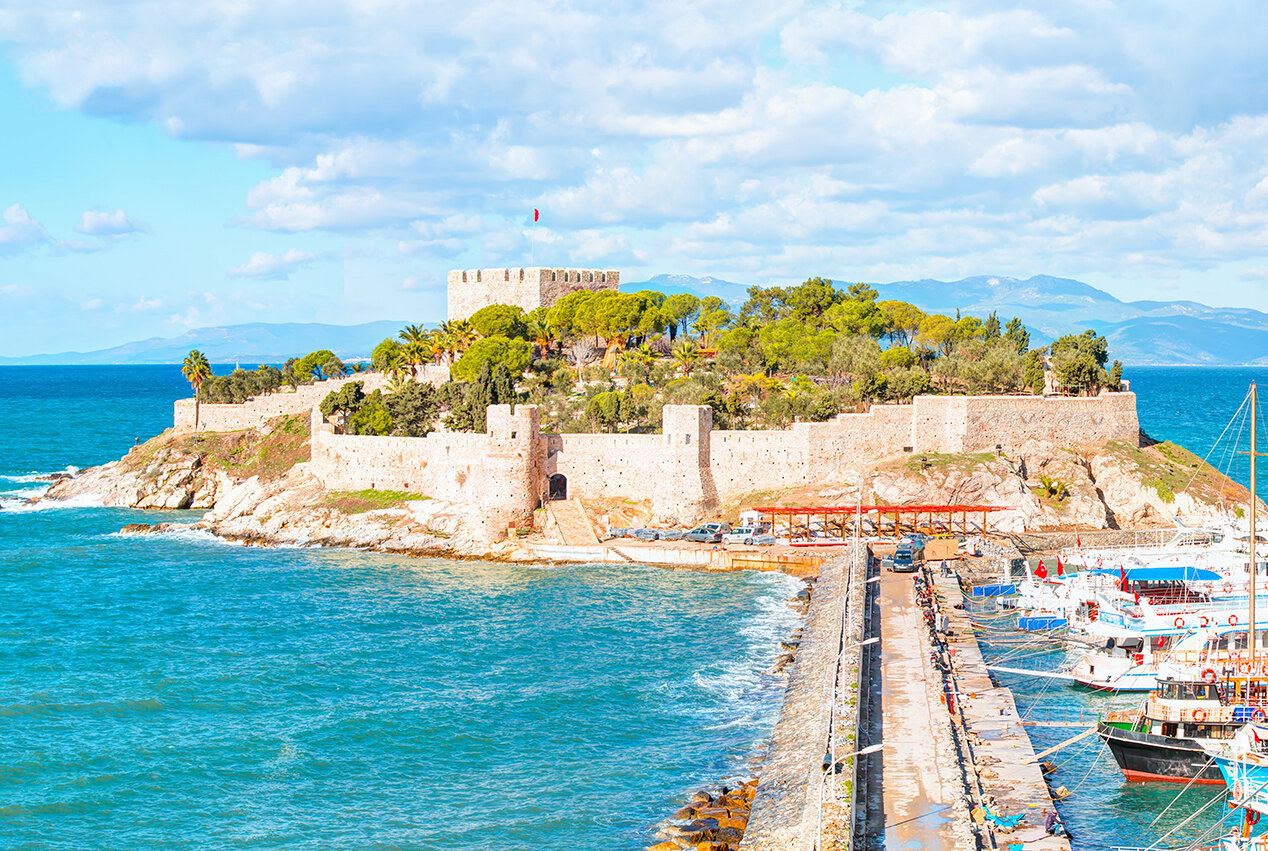
PIGEON ISLAND, KUSADASI
Connected to the coast by a long dock, this small island sports a Byzantine castle and inviting beaches.
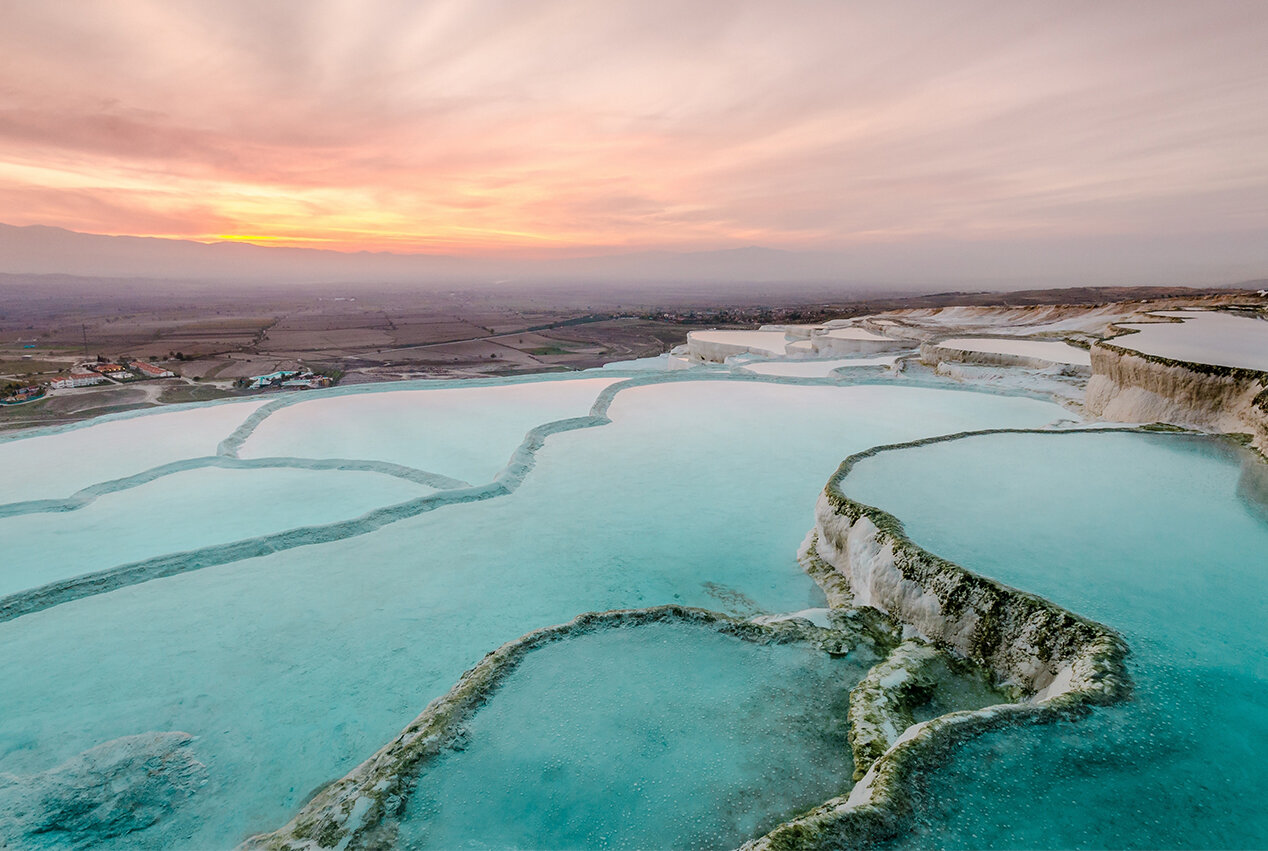
HIEROPOLIS, PAMUKKALE
An ancient hot springs resort, founded in 190 BC and greatly enlarged by the Romans, the healing properties of these springs have been touted ever since. It’s still possible to take a dip in a modern pool fed by the same spring in which Cleopatra once bathed.
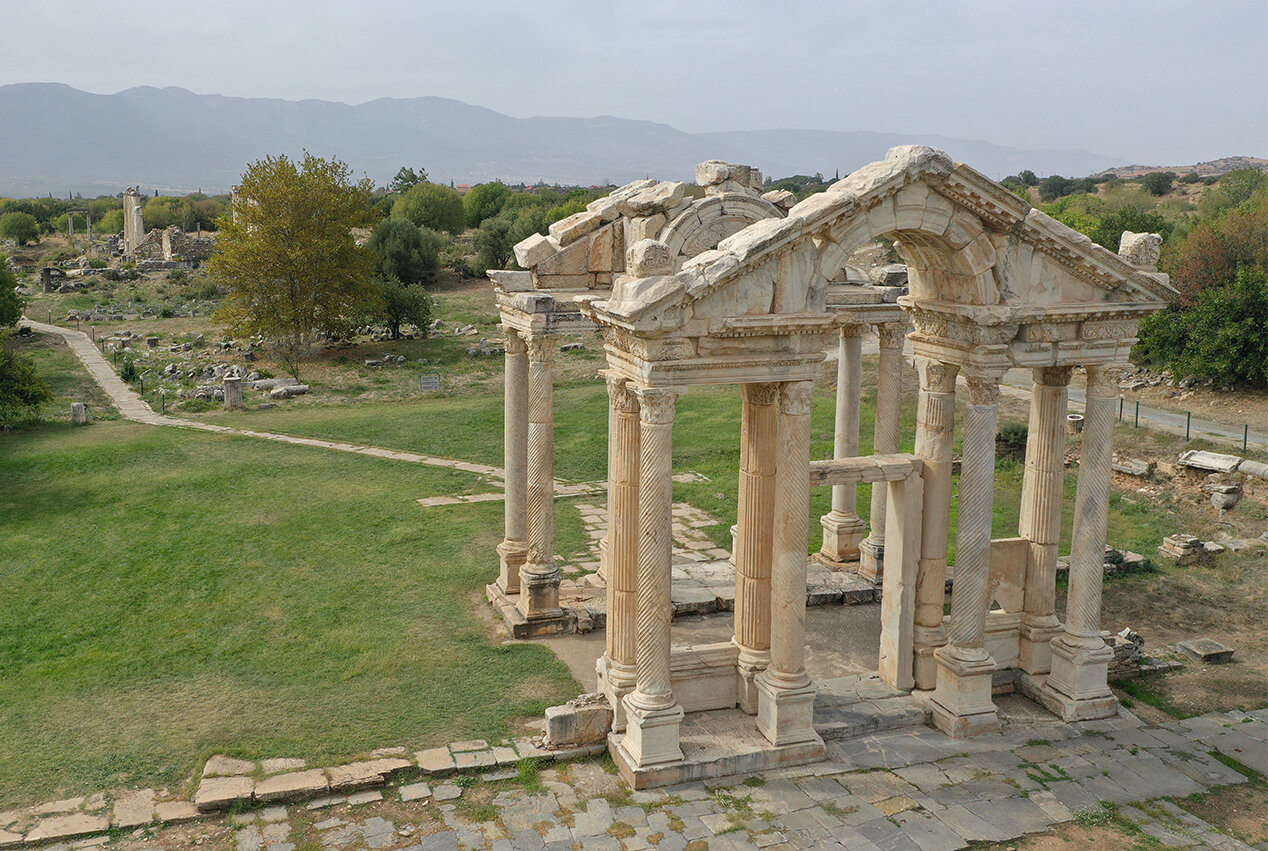
TEMPLE OF APHRODITE, APHRODISIAS
The focal point of the town, the temple architects benefited from large marble deposits nearby. Numerous statues of the namesake goddess once graced the temple, which was later converted into a Christian basilica.
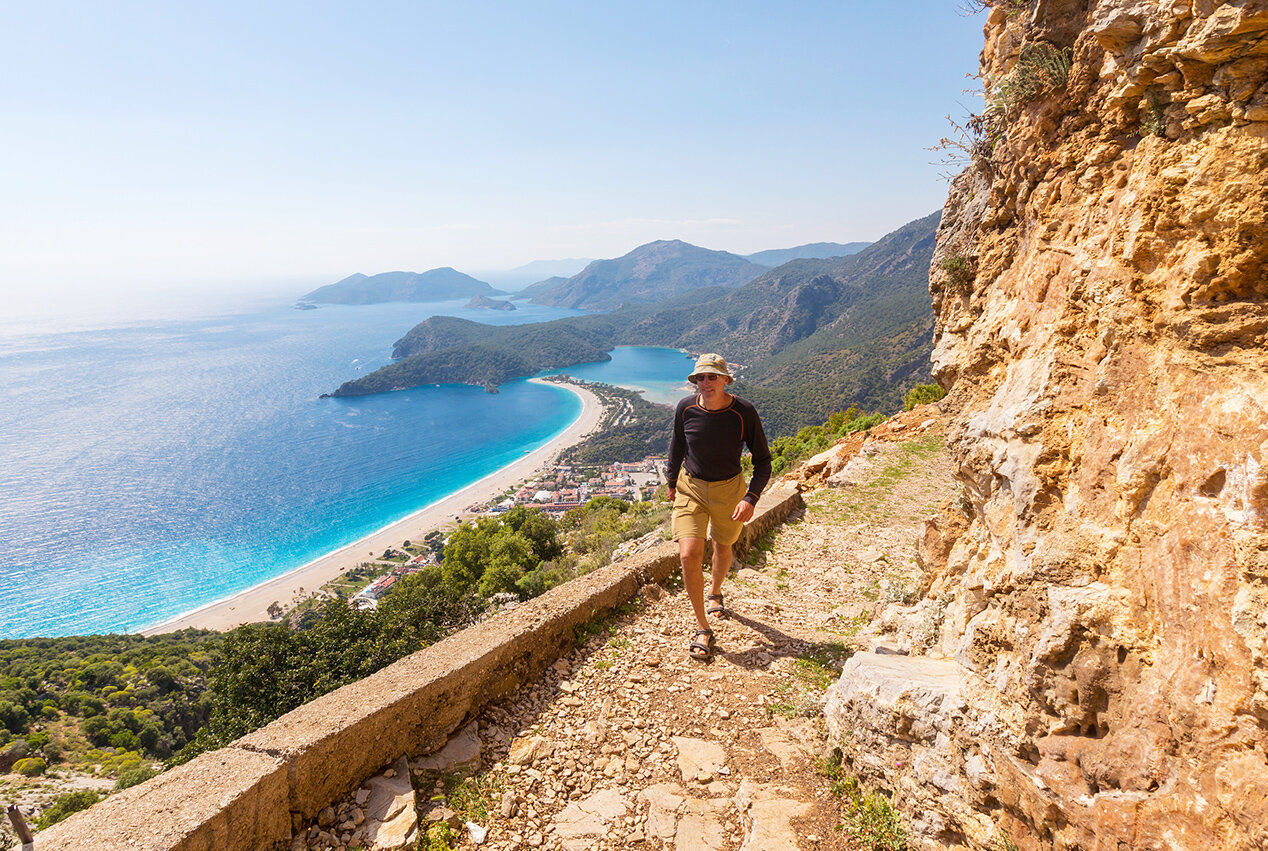
LYCIAN WAY, ANTALYA
This long-distance hiking trail links local hamlets and archaeological sites with stunning views of the coast for up to 30 days of strenuous trekking. If that sounds like a bit much, take a half-day jaunt on one of the more accessible portions of the trail.
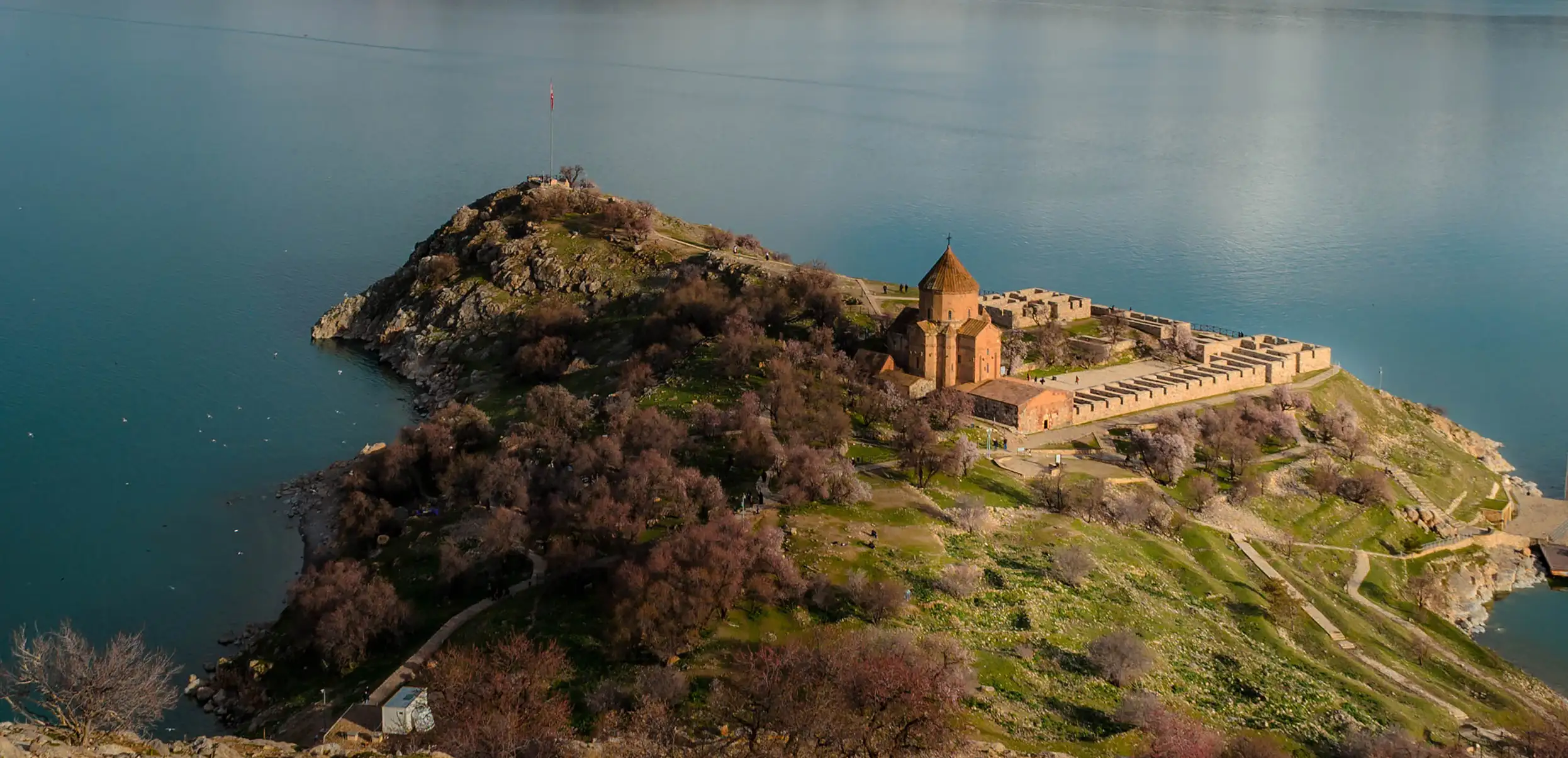
LAKE VAN
The largest lake in Turkiye, Lake Van is renowned for its stunning natural beauty and peculiar habit of not freezing in the winter despite its northerly latitude—turns out this is because of its elevated saline content owing to the fact that the lake has no natural outlets. The lake has several islands occupied by picturesque churches and monasteries.
sign up for our
Newsletter
Stay current with all the latest being offered from ATJ, as
well as updates on Asia Destinations.























